Design goes beyond colour, shape, and material. It is about solutions that truly meet the needs of people, such as medical professionals. That premise is at the heart of the new “Impact through Design” exhibition, on show from 21 June at the Philips Museum. With this exhibition, Philips celebrates a century of groundbreaking design, from iconic products like ‘Chapel radio', the Infraphil heat lamp, and the CD, to sensor technology in smart toothbrushes and the award-winning Azurion for minimally invasive surgery.
In the exhibition, visitors will experience what design means and discover that every good design starts with that one question: what do people really need? Over the past hundred years, Philips has created countless designs that enhance the lives of people worldwide. An impressive number of iconic Philips designs have conquered the world.
From classics to the future of design
‘Impact through Design’ takes visitors on a journey through iconic designs from Philips' design history – from the first radios and household appliances to current medical technology and future visions of design. In the ‘Gallery of Needs’, five universal human needs are highlighted, each linked to concrete Philips solutions. In the museum café, visitors can enjoy a cup of coffee surrounded by dozens of iconic objects, and in the ‘Design Lab’, they can create their own designs for tomorrow.
Icons that conquered the world
From the elegant 1930s radio – the famous ‘Chapel radio’ – to the colourful Roller Radio of the 1980s, Philips designs appeal to generations. The Infraphil infrared lamp became a style icon in Dutch living rooms in the late 1940s, while the Philips Alessi line (1998) elevated kitchen appliances to design objects. Today, Philips innovations in health technology make a significant impact: smart toothbrushes with sensors and user-friendly hospital solutions for minimally invasive surgeries have been awarded prestigious design prizes.
The role of designers is always to immerse themselves deeply in the target audience. Whether it be doctors, nurses, or people at home. Designers work closely with end users every day to understand their greatest needs and then find solutions to meet them.
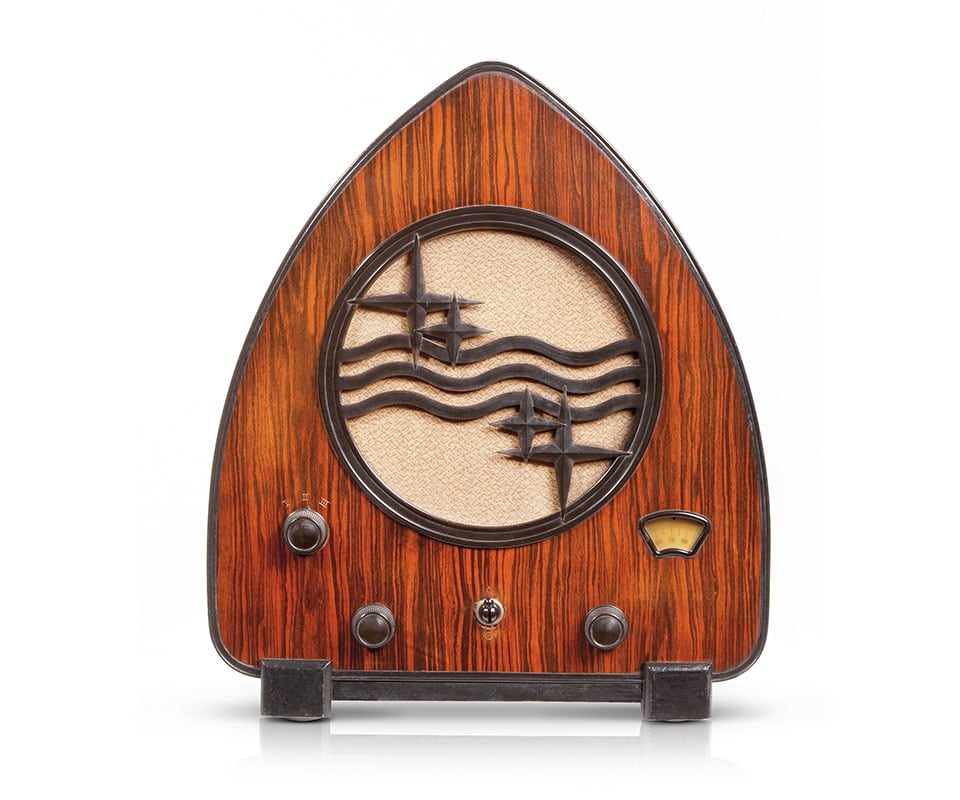
Philips Radio 930A/932A nicknamed ‘Chapel radio’, 1931
With its compact design and simple controls, this radio brought news, sports, music and radio plays from around the world into the living room.
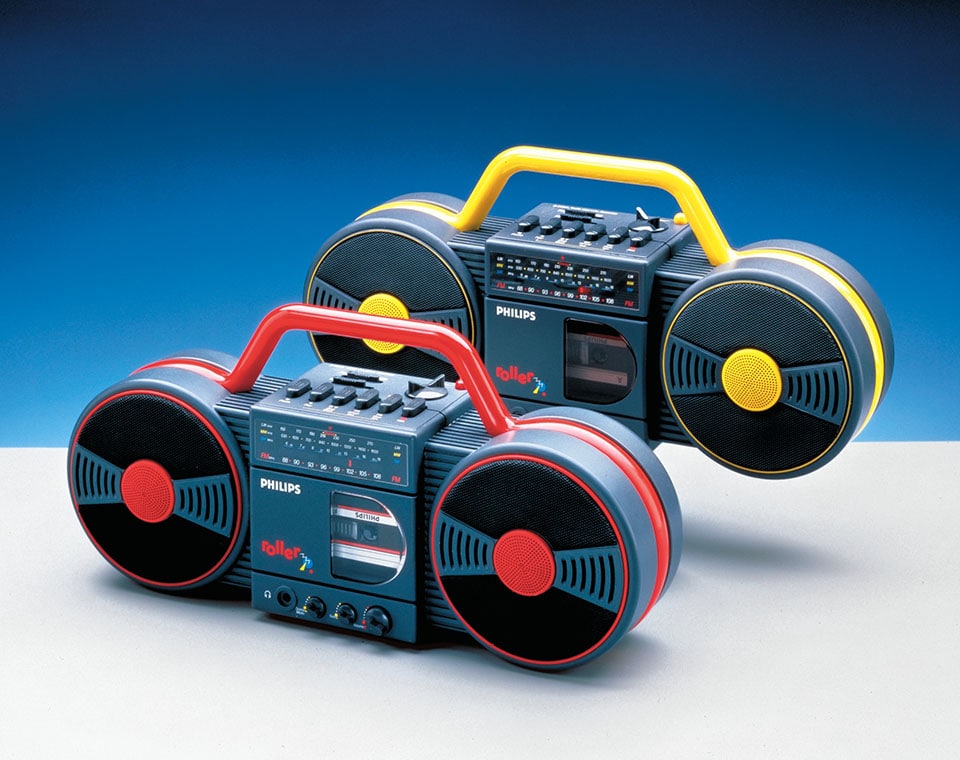
Roller Radio in various colours, 1986
The Roller Radio, introduced in 1986, was a fun, colourful portable radio cassette player that was quite different from the blocky monochrome players available at the time.
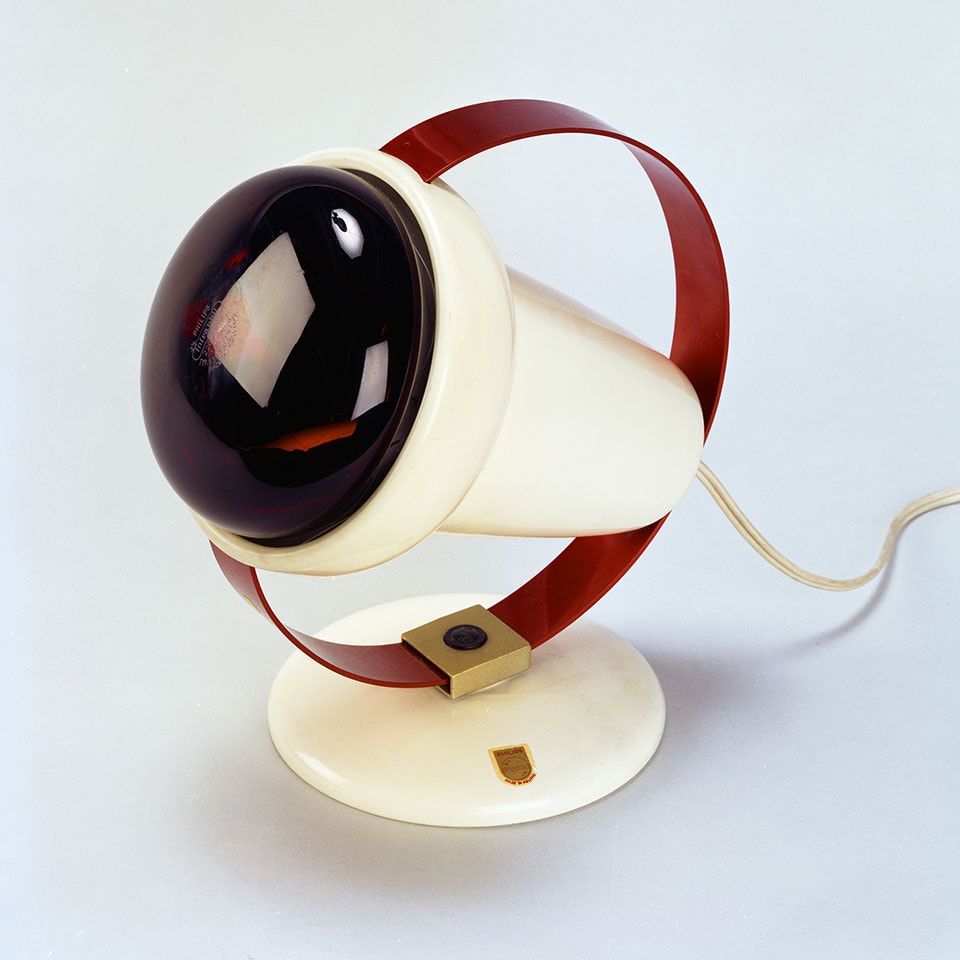
Red Infraphil, 1951
The infrared lamp is designed so that it can be turned and aimed in all directions: from crown to feet, and everything in between.
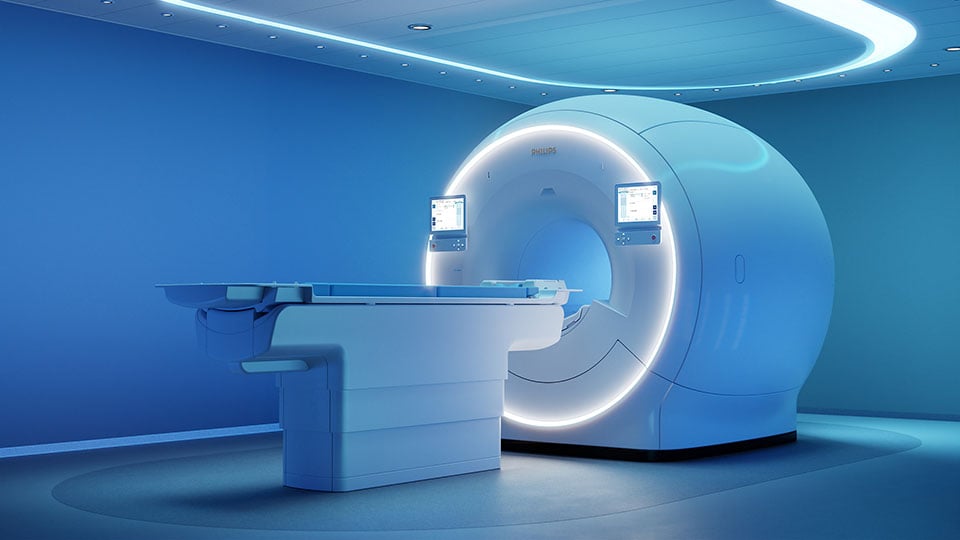
Philips BlueSeal MRI scanner, 2024
The Philips Ingenia Ambition MRI system has received a Red Dot Design Award for its design. Round shapes, soft colours, pleasing projections and sounds make the scanner feel much less intimidating. The design helps to make the scanner visually smaller, creating a calming atmosphere for patients. In a hospital room with the Philips Ambient Experience, everything is aimed at reassuring patients and giving care staff a pleasant working environment.
The Beginning: Louis Kalff
The origin of Philips Design lies with Louis Kalff, who joined the company in 1925. He not only designed products, but also advertisements, packaging and buildings. Kalff gave the company a distinctive look that reflected Philips' innovative and progressive spirit. Together with architect Leo de Bever, he was instrumental in the creation of the Evoluon and played a role in the establishment of the Design Academy Eindhoven. His vision continues to underpin how Philips connects technology with human-centred design.
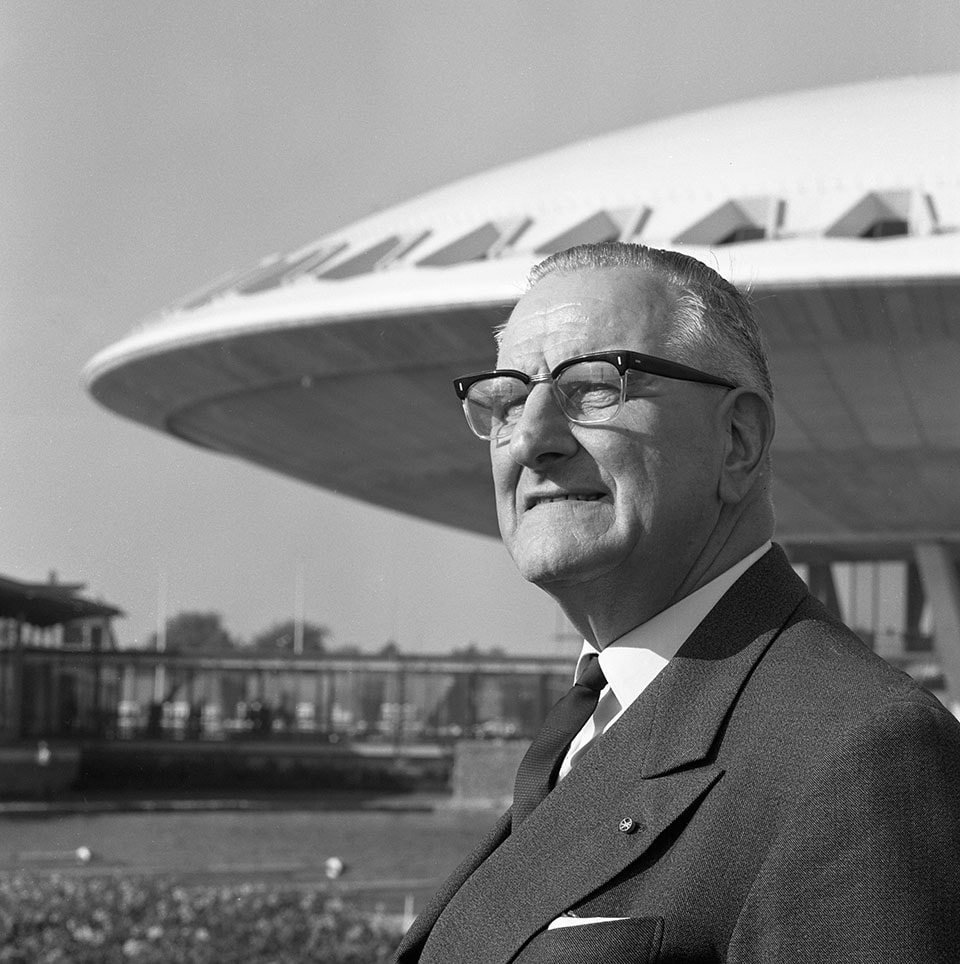
Louis Kalff (1966)
Louis Kalff (1897 - 1976) was a visionary, designer, architect and joined Philips in 1925. Louis Kalff created a recognisable Philips house style in a relatively short time, by creating coherence between product design, advertising material, and the design of shop windows and displays. Kalff's best-known work is the futuristic building the Evoluon, a joint design with architect Leo de Bever. Kalff was also at the cradle of Design Academy Eindhoven.
Practical Information
The exhibition ‘Impact through Design’ will be on display from 21 June at the Philips Museum in Eindhoven. The museum is open from Tuesday to Sunday, from 11:00 am to 5:00 pm (also open on Mondays during school holidays).

